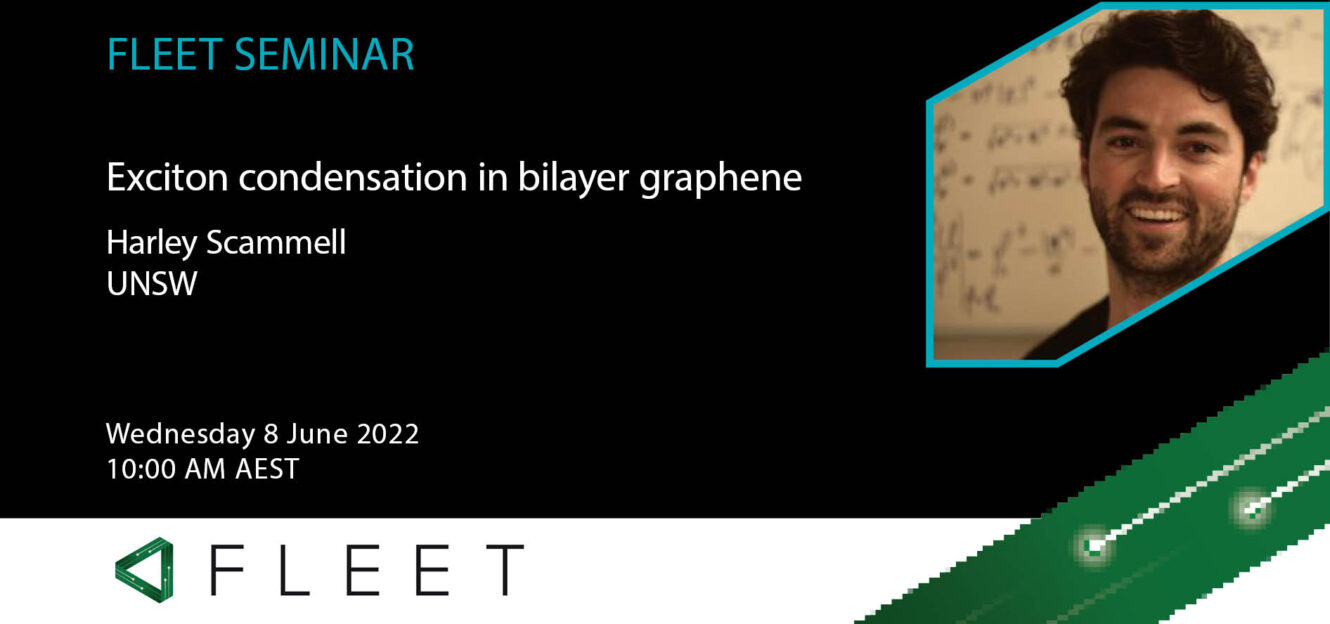-
8 Jun 2022
10:00 am - 11:00 am
Dr Harley Scammell, UNSW
Missed the talk? Catch up on YouTube
By analogy with BCS superconductivity, it has long been expected that excitons condense in (nearly) particle-hole symmetric two-dimensional semimetals. However, in the absence of a magnetic field, very few examples are known. And I will not be providing one. Instead, I will propose an alternate route to exciton condensation. That is, starting from a (nearly) particle-hole symmetric band insulator. For this purpose, biased bilayer graphene makes an ideal setting.
Owing to the band gap, opened by the bias field, we are able to apply reliable two-body techniques to study the binding energies of individual excitons. Exciton condensation occurs when the exciton binding energy exceeds the single-particle band gap. We find that the bias/band gap is a readily accessible handle to control the band insulator-to-exciton condensate phase transition, and further that the condensate is maximised at a non-zero bias — i.e. maximum critical temperature Tc= 60 K is reached at bias/band gap = 35 meV. Crucial to the story is screening of the Coulomb interaction. I will explain that to reach the elusive exciton condensate, one must include dynamical screening (retardation); a technical detail often neglected. I will discuss these theoretical underpinnings, as well as key phenomenological properties of the exciton condensate. I will also explain what an exciton is.

